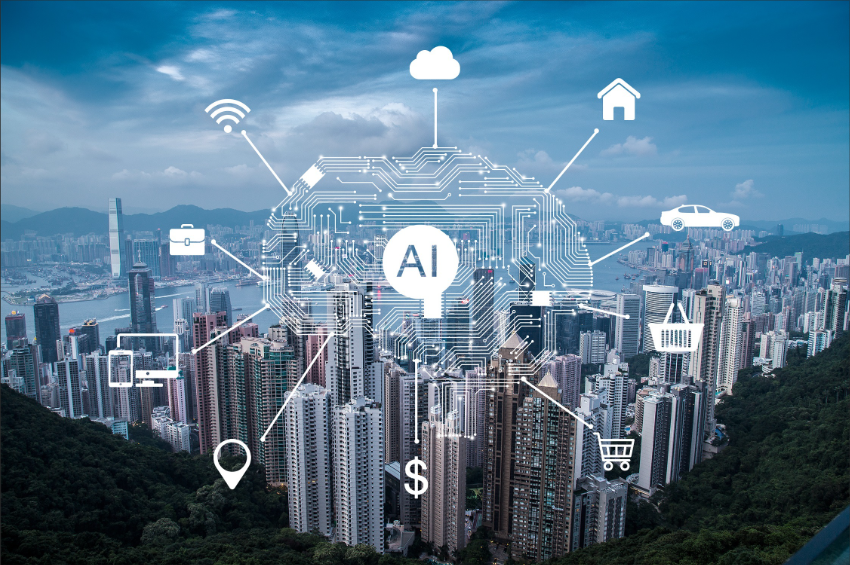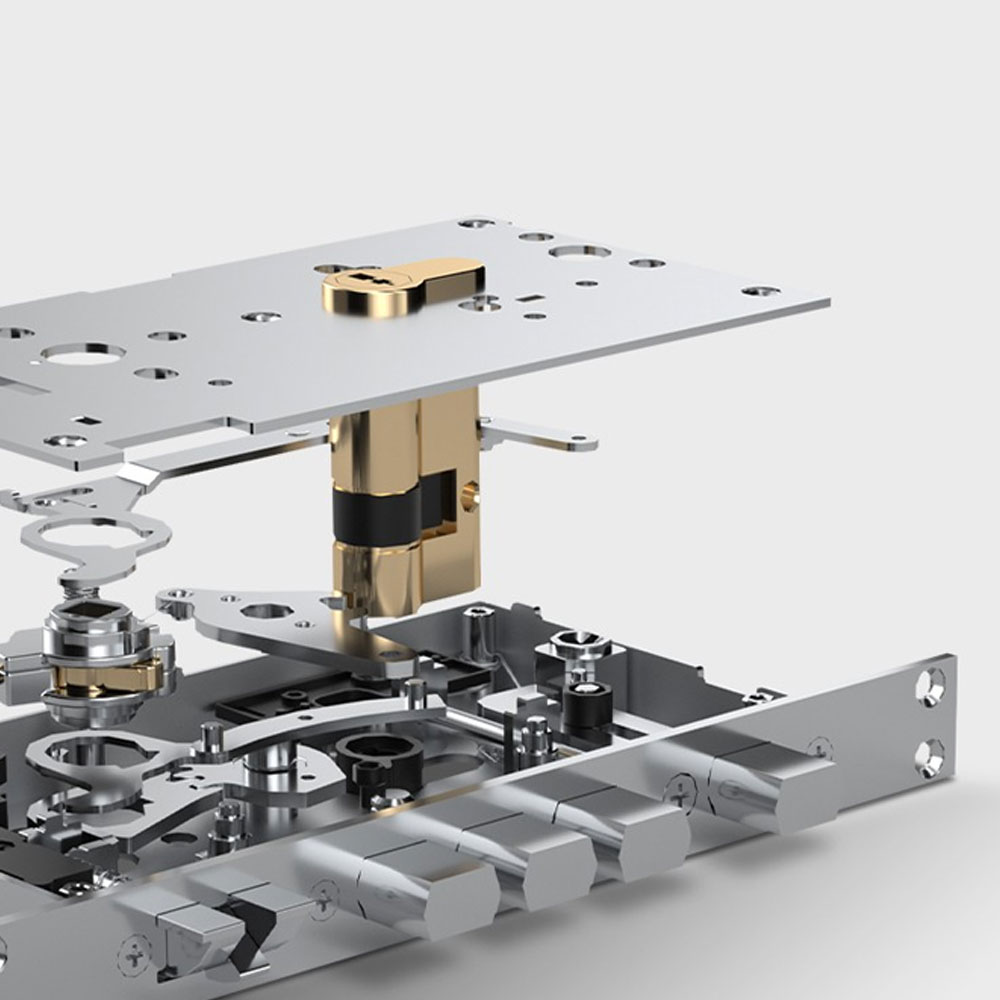
Smart city
Basically, the journey to a smart city begins with a building.
Regardless of the size of the city and the scope of the technology applied, the smart city of the future can be integrated into a smart building or smart campus, or it can be separated from it.
As the demand for these types of solutions grows, large companies will have the opportunity to improve corporate and social governance practices and stand out in their communities by embracing more connected technologies.
Smart buildings are always using the Internet of Things (IoT) to connect and improve systems to provide greater efficiency and data. These connected systems may include IP camera systems, access control systems, smart meters, smart parking or any connected device or IoT sensor, etc.

IoT
By integrating these systems together, managers can more easily make connections between previously separate data bases, such as pairing video footage with access management exceptions, using video for personnel tracking to ensure that a building’s HVAC system is properly regulating temperatures or observing the use of various building facilities, such as parking lots, to further optimize management decisions.
Devices integrated into an intelligent building can provide different value depending on how they are used. For example, external IP cameras can be correlated with other security data within an individual building or campus to improve employee or customer security. Using the same camera in a smart neighborhood environment can allow local store managers to track shoplifters.
In a smart city ecosystem, municipalities can use video to track and manage the unusual flow of people through a community. In this way, municipalities can find enough value in this information to assist in reducing the cost of maintaining the system. As smart networks evolve throughout the urban environment, the benefits they provide continue to expand and change.
Interconnected IoT devices have broad potential value to organizations because of the key points of information they can apply most freely: a single device can be associated with many other internal systems or information bases without compromising their security access. This information can then be used on the campus to enhance security or a better user experience, as well as to improve asset management or other operational efficiencies, for example. The benefits from these IoT devices will directly impact the application of smart building implementation.
Smart cities benefit both governments and citizens. Using connected devices, cities can become smarter, safer and more efficient. Data can lead to innovations in street planning and parking, or provide valuable insights during crisis investigations. In addition, devices can be flexible to handle different applications, and systems can be optimized and customized to meet the unique needs of local governments.


🙂
Shenzhen Thinmoo Techology Co., Ltd. – Video Door Phone, Smart Phone Access Control (alibaba.com)